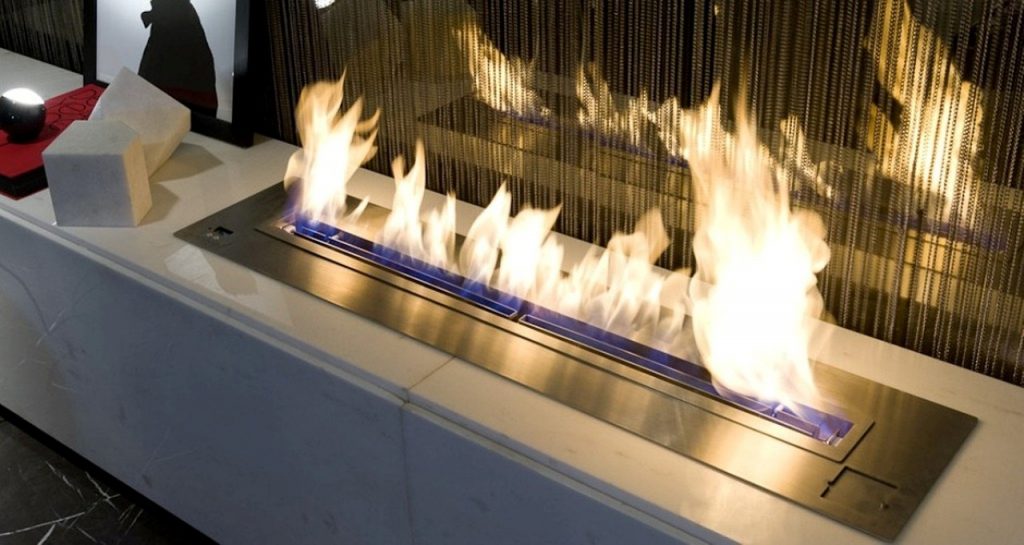Upgrading your home’s heating system is a big decision. One that affects your comfort, energy bills, and the overall feel of your living space. If you’re torn between traditional radiators and underfloor heating, you’re not alone. Plenty of UK homeowners find themselves weighing up the pros and cons of these two popular choices. To help you decide, let’s break down how each system works, what it costs, and which one might suit your home best.
How Underfloor Heating Works. And Why People Love It
Underfloor heating (UFH) is exactly what it sounds like: a heating system installed beneath your flooring, spreading warmth evenly across the room. There are two main types:
- Electric (dry) systems, which use heated wires or mats beneath the floor
- Water-based (wet) systems, which circulate warm water through pipes
Both provide a gentle, radiant warmth that rises upwards, making the entire room feel cosy without the need for bulky radiators.
The Good Bits
- Even heat distribution – No more cold spots or draughty areas. The entire room feels comfortable.
- Space-saving – It frees up walls, leaving more room for furniture and décor.
- Energy efficiency – UFH operates at lower temperatures than radiators while still providing effective heating, meaning potential savings on energy bills.
- Silent operation – No clunky noises or ticking sounds like you get from radiators.
- Compatible with renewable energy – Works well with heat pumps and solar panels, making it an eco-friendly option.
The Downsides
- Higher installation costs – Retrofitting UFH can be pricey, especially in existing homes where floors need lifting.
- Slower heat-up time – Unlike radiators, which heat up quickly, UFH takes time to warm a space.
- Flooring restrictions – Some types of flooring, like thick carpets, can reduce efficiency.
For new-build homes or major renovations, UFH can be a fantastic long-term investment. But if you’re trying to install it in an existing house, the costs and hassle of ripping up floors might make you think twice.
Why Traditional Radiators Still Hold Their Ground
Radiators have been a staple in UK homes for decades. They generate heat through convection, warming the air around them, which then circulates through the room.
The Advantages
- Quick heating – Radiators warm up fast, making them ideal for UK winters when you need heat immediately.
- Lower installation costs – If you already have a central heating system, replacing radiators is straightforward and affordable.
- Suits all types of flooring – Unlike UFH, radiators don’t restrict your choices when it comes to carpets or wooden floors.
- Easy maintenance – A quick bleed of the radiators now and then is usually all that’s needed to keep them running smoothly.
The Downsides
- Uneven heating – Radiators warm the air closest to them first, meaning some parts of the room can remain chilly.
- Bulky design – They take up wall space and limit where you can place furniture.
- Less energy-efficient – Since heat rises, much of the warmth gets trapped near the ceiling before making the room feel comfortable.
While radiators are the go-to option for many, they might not always be the most effective at maintaining consistent warmth throughout a space.
Which System Is More Energy-Efficient in the UK?
When it comes to energy efficiency, UFH has the upper hand. Because it operates at lower temperatures while still delivering sufficient warmth, it uses less energy than radiators in the long run. Water-based UFH systems, in particular, are highly efficient when paired with low-temperature heating sources like heat pumps.
That said, if your home already has a well-functioning central heating system with radiators, upgrading to more energy-efficient models (such as double-panel or thermostatic radiators) can still be a cost-effective way to cut down on energy waste.
Cost Comparison: Installation and Running Expenses
The cost factor is often the deal-breaker for many homeowners.
- Underfloor Heating Installation Costs
- For a new build: £50-£100 per square metre (depending on system type)
- Retrofitting: Can be significantly higher due to labour costs for lifting floors
-
Water systems are more expensive upfront but reduce long-term running costs
-
Radiator Installation Costs
- New radiators: Between £100-£500 per unit, plus installation fees
-
Replacing existing radiators: A relatively low-cost upgrade
-
Running Costs
- UFH generally costs less to operate because it requires lower water temperatures
- Radiators, while cheaper to install, may lead to higher energy bills due to their reliance on higher heat levels
If you plan on staying in your home for the long term, the efficiency of UFH could make the initial costs worth it over time. But if you’re looking for a quick and affordable solution, radiators often make more financial sense in the short run.
Best Heating Choice for Different UK Properties
Certain heating systems suit specific home types better than others.
- New builds – UFH is ideal as it can be integrated easily without extra labour costs.
- Modern apartments – Electric UFH works well for small spaces like bathrooms.
- Older houses – Radiators are often the easiest, most practical upgrade without significant renovation.
- Large open-plan areas – Water-based UFH ensures even heating across bigger spaces.
- Energy-conscious homes – UFH paired with a heat pump is the most eco-friendly option.
Ultimately, your choice depends on the layout, age, and budget of your home. If you’re renovating anyway, it might be worth looking into UFH. But for quick, cost-effective heating, sticking to radiators. Perhaps with a few efficiency upgrades. Could be the best bet.
The Final Verdict
It all boils down to priorities. If long-term efficiency, comfort, and aesthetics are high on your list, underfloor heating is a worthwhile investment. Especially in new builds or major refurbishments. On the other hand, if you need a tried-and-tested, lower-cost solution, radiators still do the job well.
Before making a decision, consider your budget, how long you plan to stay in the property, and whether the disruption of installation is something you’re willing to tackle. Whichever you choose, making your home warm and inviting is what really counts.
Frequently Asked Questions
Is underfloor heating expensive to run?
Water-based UFH is generally cheaper to run than radiators because it operates at lower temperatures. Electric UFH, however, can be pricey in larger areas due to higher electricity costs.
Can I install underfloor heating in an existing home?
Yes, but retrofitting UFH can be costly and disruptive, as it often requires lifting floors. Electric UFH is easier to install in renovations, particularly in small spaces like bathrooms.
Do radiators or underfloor heating last longer?
Well-maintained radiators can last 15-20 years, while UFH, especially water-based systems, can last over 50 years with proper maintenance.
Which system is better for allergy sufferers?
Underfloor heating is often the better choice as it reduces airborne dust circulation, unlike radiators, which can stir up allergens.
Should I combine underfloor heating with radiators?
Yes, a hybrid approach works well in many homes. UFH in high-use areas like the kitchen and bathrooms, with radiators in bedrooms or less frequently used rooms.







